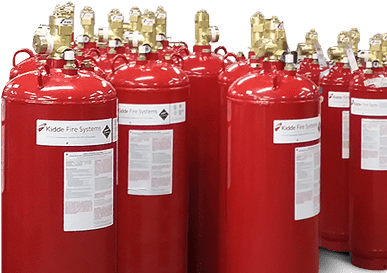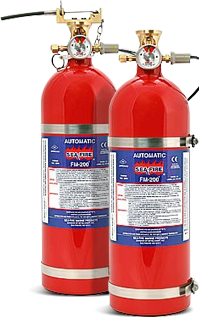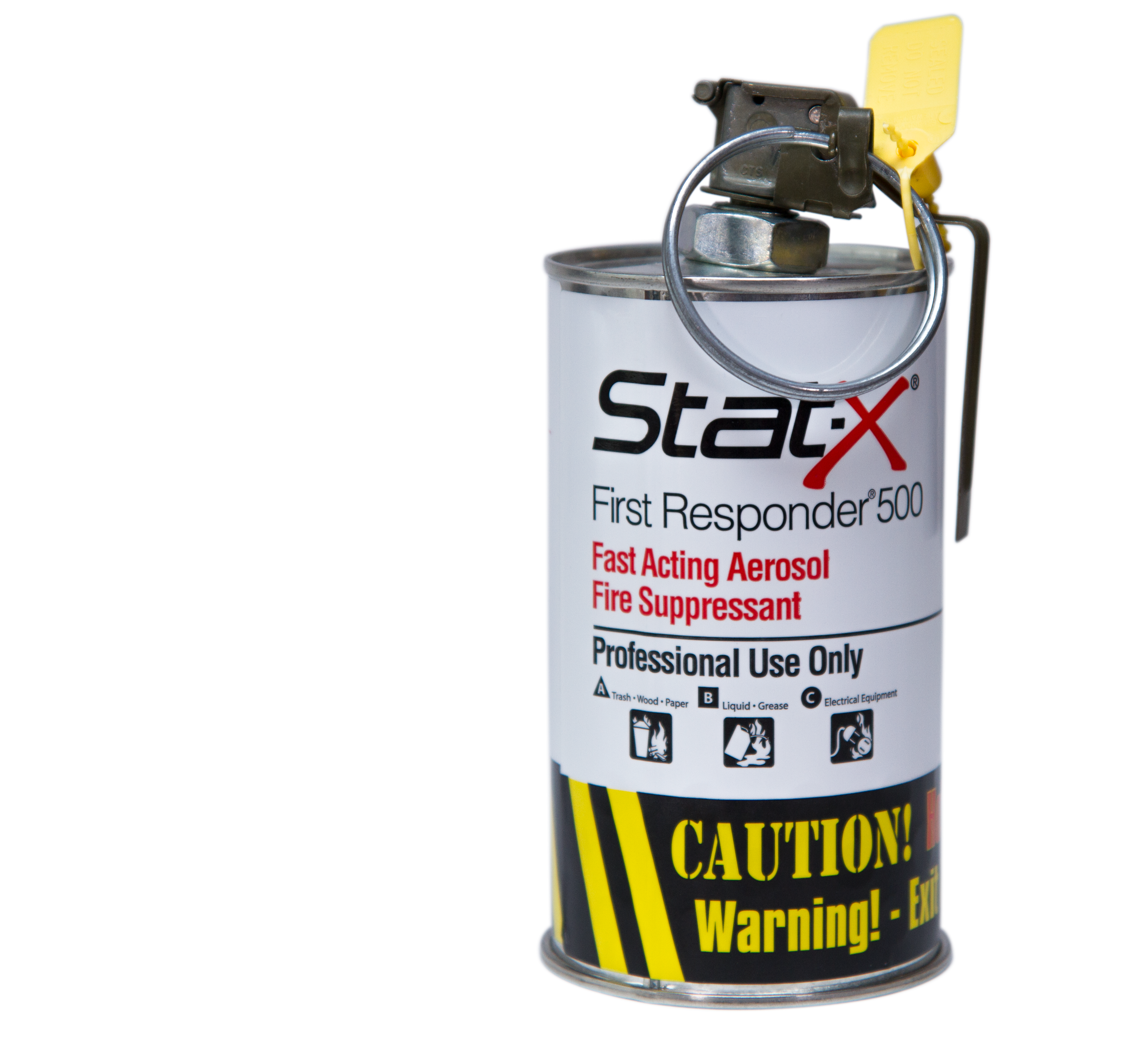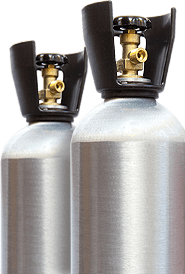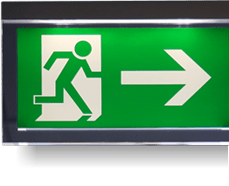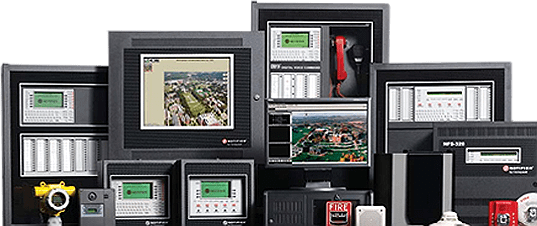Engineered vs Pre-Engineered Fire Suppression Systems
In a world where safety is paramount, the choice between engineered and pre-engineered fire suppression systems is more than a technical decision – it's a commitment to protection and peace of mind.
These systems are the unsung heroes of safeguarding facilities against the devastating impact of fires, and understanding their distinct functionalities and applications is crucial in choosing the right shield for your facility.
Engineered Fire Suppression Systems
Engineered fire suppression systems are the epitome of customized fire protection solutions. Designed to cater to the unique requirements of each facility, these systems offer unparalleled safety and adaptability.
The Benefits of Engineered Fire Suppression Systems
Tailored to Specific Needs
Engineered systems are developed after a thorough analysis of a facility's specific fire risks, including the types of materials present, operational processes, and the physical layout. This ensures that every aspect of the fire risk is addressed.Highly Adaptable and Scalable
As businesses evolve, so do their fire safety requirements. Engineered systems offer the flexibility to adapt to these changes, whether it's due to an expansion in size, a shift in operations, or the introduction of new materials or technologies in the workplace.Variety of Suppression Agents
Depending on the nature of the facility and the materials present, engineered systems can utilize a range of suppression agents including water, foam, chemical agents, or inert gases, each selected for its effectiveness in specific fire scenarios.Sophisticated Detection and Control Systems
These systems often incorporate advanced detection technologies, such as infrared or ultraviolet detectors, which can identify the early signs of fire. Coupled with state-of-the-art control systems, they provide a rapid and targeted response, minimizing damage and downtime.Compliance with Regulations and Standards
Engineered systems are designed in compliance with local fire safety standards and regulations, ensuring that your facility not only stays protected but also legally compliant.Integration with Building Management Systems
Often, these systems can be integrated with existing building management systems for seamless operation and monitoring, providing a holistic approach to facility safety.
Pre-Engineered Fire Suppression Systems
Pre-engineered fire suppression systems offer an efficient, standardized solution for general fire protection needs. Ideal for less complex environments, these systems provide reliable safety measures with several key benefits.
The Benefits of Pre-Engineered Fire Suppression Systems
Cost-Effective and Budget-Friendly
With standardized components and simpler designs, pre-engineered systems are generally more cost-effective, both in terms of initial investment and ongoing maintenance.Quick and Easy Installation
The off-the-shelf nature of these systems allows for rapid installation. This minimizes disruption to operations, and can be a significant advantage in settings where downtime is costly.User-Friendly Maintenance
The simplicity of pre-engineered systems makes them easier to maintain. This reduces the need for specialized training, and can lower the long-term costs of system upkeep.Immediate Protection
These systems are designed for quick activation, ensuring immediate response in case of a fire. This prompt action can be crucial in preventing the spread of fire and minimizing damage.Reliability and Consistency
Pre-engineered systems have been tested and proven in a variety of settings. Their standardized design ensures consistent performance across different installations.Ideal for Standard Risk Environments
These systems are particularly suited for environments with standard fire risks, such as small to medium-sized commercial kitchens, workshops, or storage areas, where the nature of the fire risk is predictable and uniform.
Ultimately, while engineered fire suppression systems offer a high degree of customization and are ideal for complex and high-risk environments, pre-engineered fire suppression systems provide a cost-effective, reliable, and quick solution for standard risk areas, and the choice between the two should be guided by the specific needs and circumstances of your facility.
Which Type of System is Right for Your Facility?
Choosing between an engineered and a pre-engineered fire suppression system is a significant decision that hinges on various factors specific to your facility. It’s therefore essential to have a strong understanding of the differences between the two in order to help you determine which system aligns best with your requirements:
Assessing Your Facility’s Needs
Size and Complexity
Larger facilities, particularly those with complex layouts or multiple levels, often benefit from engineered systems. The customization available with engineered solutions means that every corner, nook, and cranny can be adequately protected.Nature of Operations
Facilities with specialized operations, such as manufacturing plants handling flammable materials, data centers with sensitive electronic equipment, or historical archives with irreplaceable documents, might require the tailored approach of an engineered system.Risk Profile
Evaluate the types of fire hazards present in your facility. High-risk environments, where the consequences of fire could be particularly severe, may necessitate the comprehensive coverage offered by engineered systems.
Budget Considerations
Initial Investment
Engineered systems typically require a higher upfront investment due to their customized nature. If budget constraints are tight, a pre-engineered system might offer a more cost-effective solution.Long-term Costs
Consider not only the initial installation cost, but also the long-term maintenance and potential upgrade costs. Pre-engineered systems usually incur lower maintenance expenses.
Regulatory Compliance and Industry Standards
Legal and Safety Regulations
Certain industries have stringent regulatory requirements for fire safety. Ensure that the system you choose complies with all relevant local, provincial, and federal regulations.Insurance Requirements
Sometimes, insurance providers have specific requirements for fire suppression systems. Check with your insurance carrier to see if either system is preferred or required for coverage.
Future Scalability and Flexibility
Scalability
If you anticipate significant changes to your facility in the future, such as expansions or changes in usage, an engineered system’s scalability can become a valuable feature.Flexibility for Upgrades
Technology in fire safety evolves rapidly, and an engineered system might offer more flexibility to incorporate future technological advancements.
Speed of Deployment
Urgency
If immediate protection is necessary and the risk is standard, a pre-engineered system can be quickly installed, offering prompt fire safety coverage.
Simplicity and Ease of Use
Maintenance and Operation
Consider the expertise available for maintenance and operation. Pre-engineered systems, being simpler, might be easier to manage for facilities without specialized maintenance teams.
All in all, the choice between an engineered and a pre-engineered fire suppression system should be a result of a thorough assessment of your facility’s specific needs, risks, budget, and future plans. Engineered systems offer bespoke solutions for complex and high-risk environments, while pre-engineered systems provide a practical and cost-effective solution for standard risk areas.
By carefully considering these factors, you can select a suppression system that not only enhances your fire safety strategy, but also aligns seamlessly with your operational and financial goals.
For any questions you may have about your fire protection, make sure to consult with our fire safety experts at Control Fire Systems to help you make an informed decision that ensures optimal protection and compliance for your facility.





